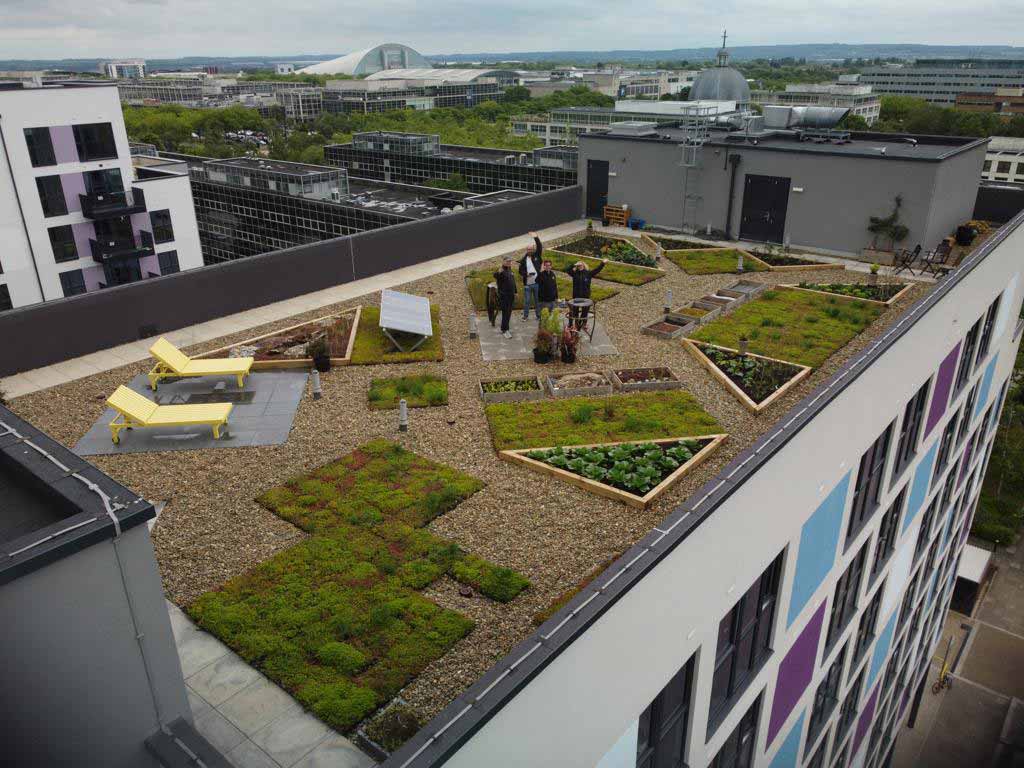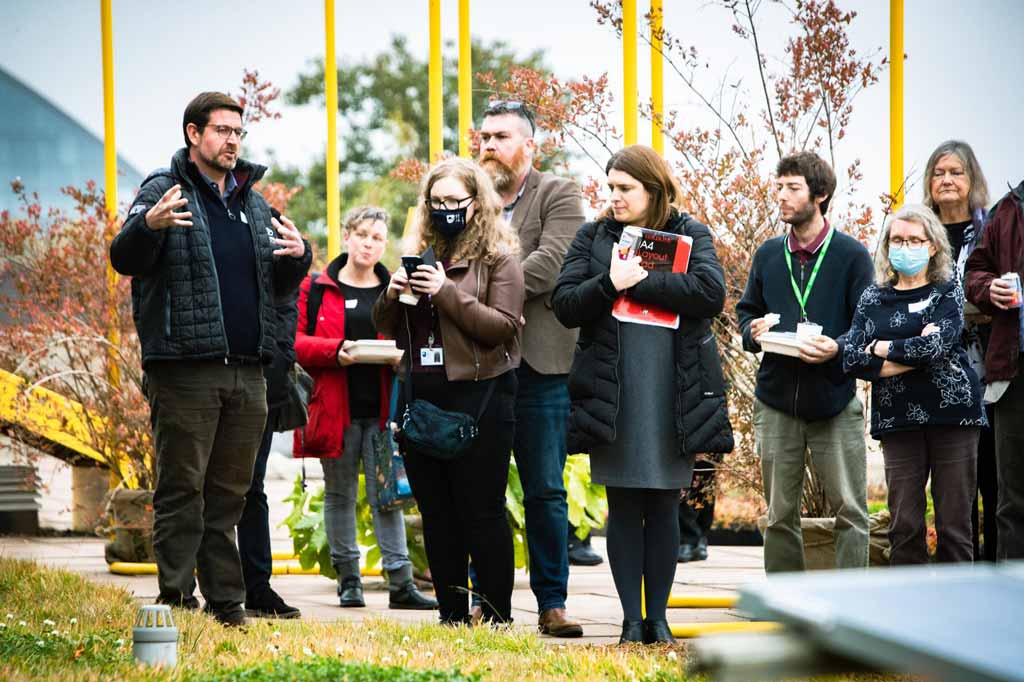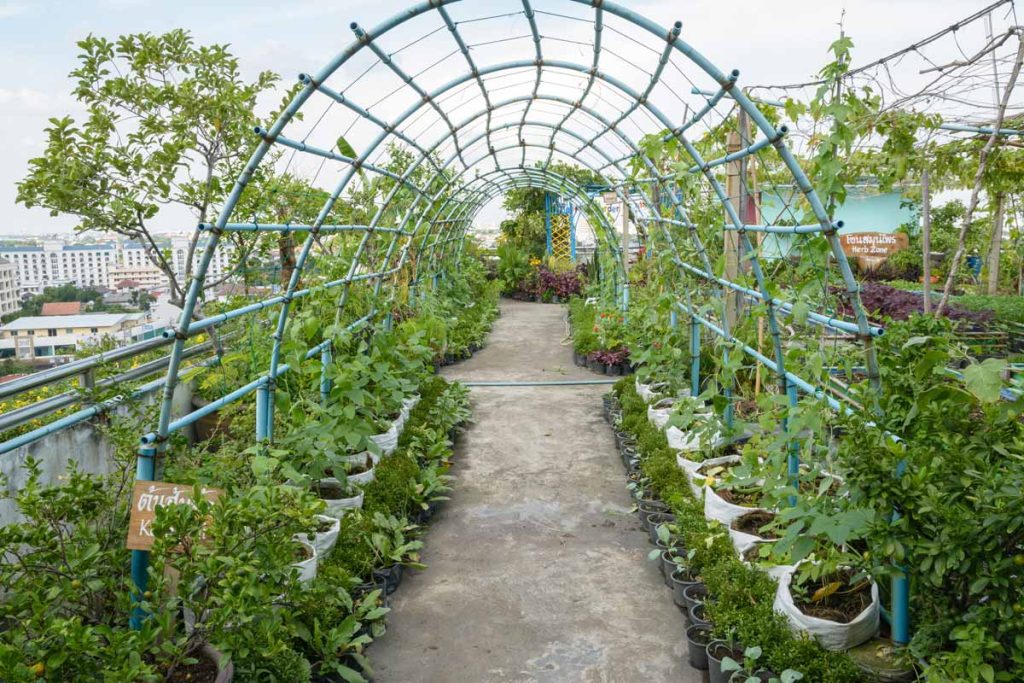Roof gardens and green roofs offer a wealth of benefits for creating vibrant urban communities. In addition to their environmental and ecological advantages, these spaces can promote social interaction, food production, education, art, and cultural activities.
Social Interaction
Rooftop gardens and green roofs can provide unique spaces for gatherings, events, workshops, and recreational activities. This can be especially beneficial in dense urban areas where green space at ground level is limited.
For example, The Forge in East London features a rooftop garden that is used for a variety of community events, such as yoga classes, film screenings, and concerts. This space has helped to bring residents together and create a stronger sense of community.

A birds eye view of the Ikea roof garden in Greenwich where relaxation space, food production, electricity generation and wildlife habitat exist side by side creating a multi-purpose community space.
Community Gardening and Local Food Production
Rooftop gardens can be used to grow fresh produce close to where it will be eaten. This can contribute to food security and reduce a community’s carbon footprint.
For example, the IKEA Greenwich store has an award-winning green roof that is used to grow a variety of fruits, vegetables, and herbs. This produce is then used in the store’s restaurant and donated to local charities.
Education and Workshops
Green roofs offer opportunities for educational programs and workshops related to sustainable practices, urban gardening, biodiversity, and environmental conservation. These events can help architects, planners, garden designers, and residents develop new skills and knowledge while connecting with like-minded individuals.
For example, the children’s book “Journey to the Green Roof” can be used to teach youngsters about the ecological benefits of green roofing. Educational visits to green roofs can also be a valuable learning experience for students of all ages.
 Chris Bridgman leads a tour of a community roof garden.
Chris Bridgman leads a tour of a community roof garden.
Photo credit Bridgman and Bridgman
Art and Cultural Events
Roof spaces can be used as platforms for art installations, cultural performances, and exhibitions. Hosting cultural events can foster creativity and expression, bringing diverse community members together to celebrate shared interests.
For example, the Brooklyn Grange rooftop farm in New York City hosts a variety of cultural events throughout the year, including concerts, dance performances, and art exhibitions. These events have helped to make the farm a popular destination for both locals and tourists.
Involving Communities in the Design of Their Roof Garden
Involving building users in the design and planning of roof gardens and green roofs encourages a sense of ownership and pride in the space. Seeking input from community members ensures that the space meets their needs and preferences, fostering a stronger sense of engagement.
For example, the Toronto Green Roof Initiative offers a community grants program to help fund the development of green roofs in the city. The program requires applicants to submit a proposal that outlines how the green roof will be used and maintained by the community.
Conclusion
Roof gardens and green roofs can play an important role in creating vibrant and cohesive urban communities. By providing shared spaces for gatherings, educational programs, gardening initiatives, and various recreational activities, these spaces can promote a sense of community, connection, and shared responsibility.

A fine example of roof top gardening to help feed a community
Additional Benefits of Roof Gardens and Green Roofs for Urban Communities
- Improved air and water quality
- Reduced urban heat island effect
- Increased biodiversity
- Reduced noise pollution
- Extended roof life
- Increased property values
Where Are the Community Green Roof Opportunities in Your Neighbourhood?
If you are interested in getting involved in a community green roof project, there are a number of things you can do:
- Research green roof organizations in your area. Many of these organizations offer educational workshops and resources, as well as support for community green roof projects.
- Talk to your local government. Some municipalities offer financial incentives or other assistance for green roof development.
- Get involved with a local community garden or food bank. Many of these organizations are interested in partnering with building owners to develop rooftop gardens where they can grow fresh produce for their members.
- Organize a community meeting to discuss the possibility of developing a green roof in your neighbourhood. You can use this meeting to generate interest in the project and identify potential partners.
- Contact the Green Roof Organisation for help and advice, GRO members have a wealth of shared knowledge and expertise.
With a little effort, you can help to create a vibrant and sustainable community by developing a green roof in your neighbourhood.

